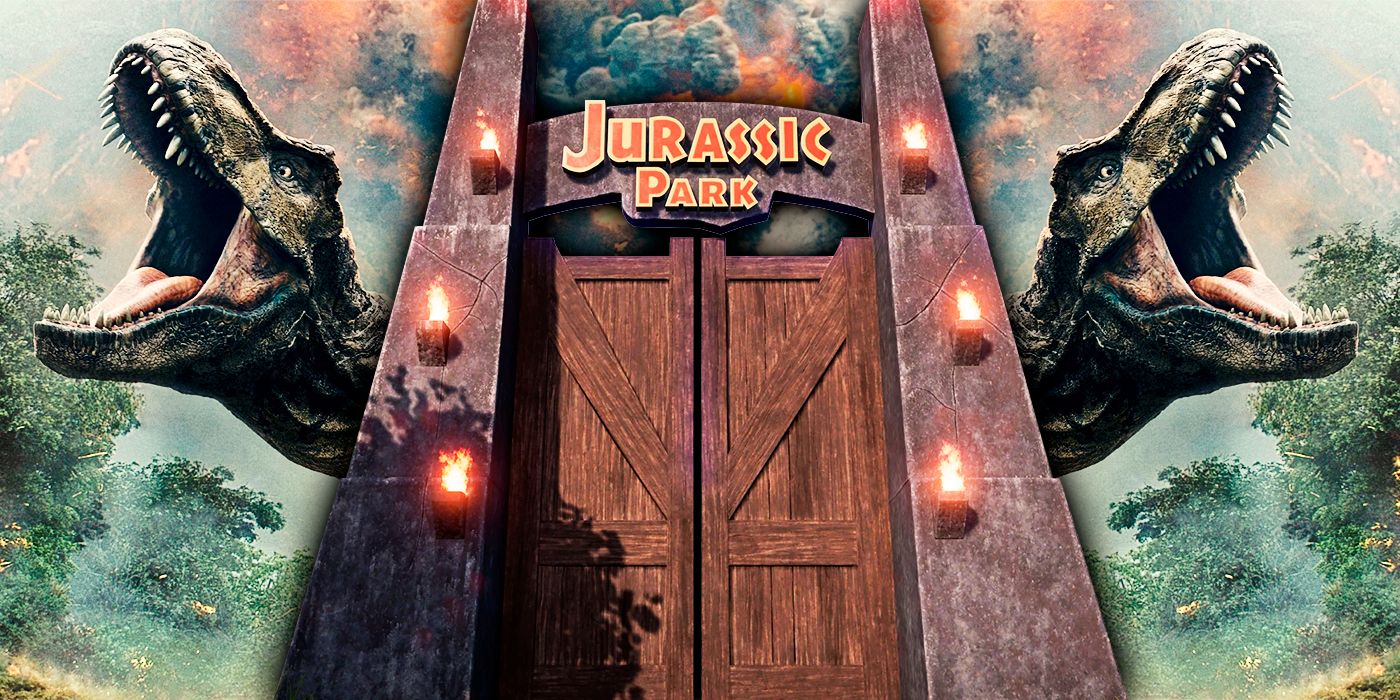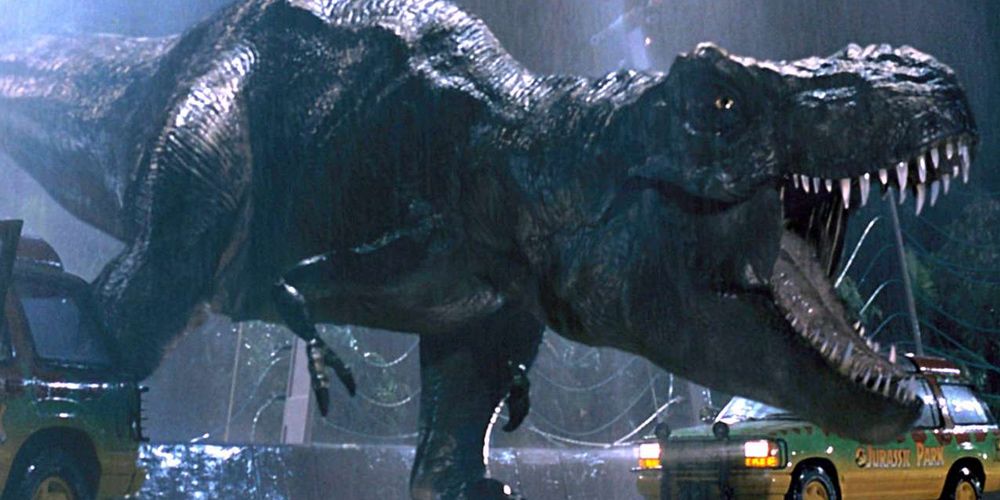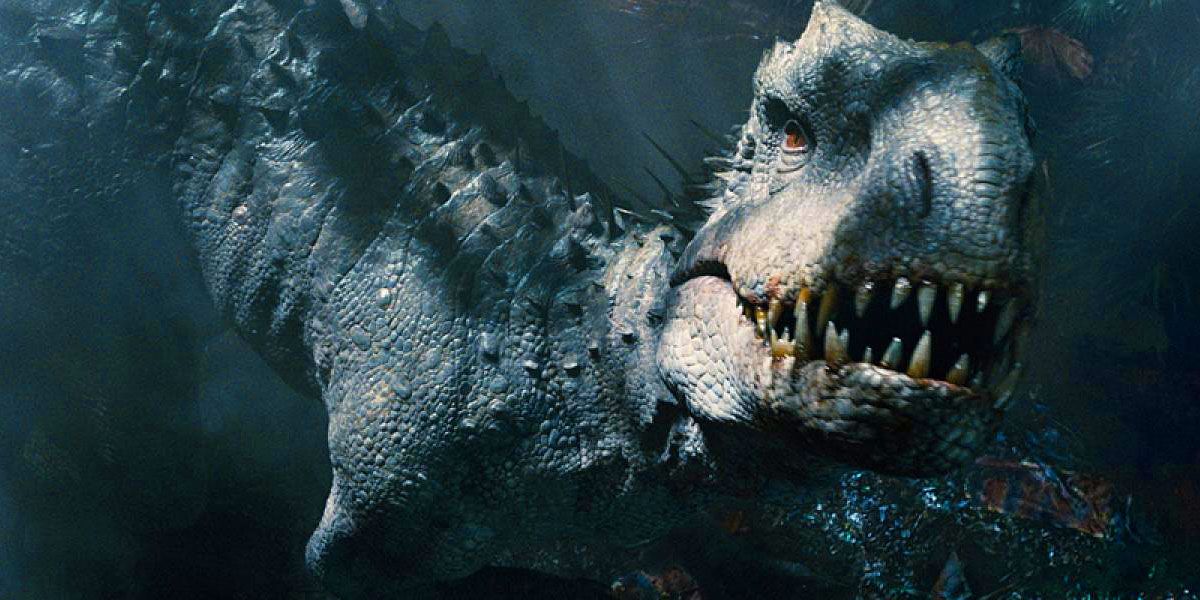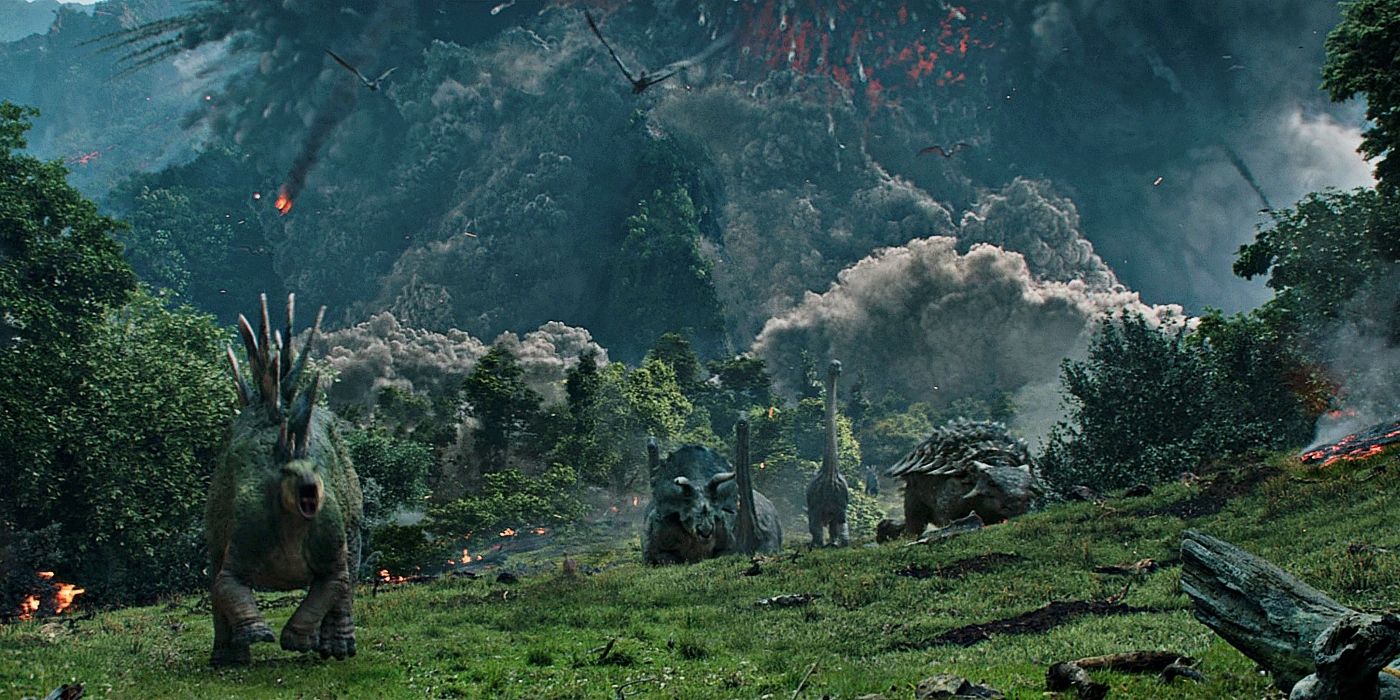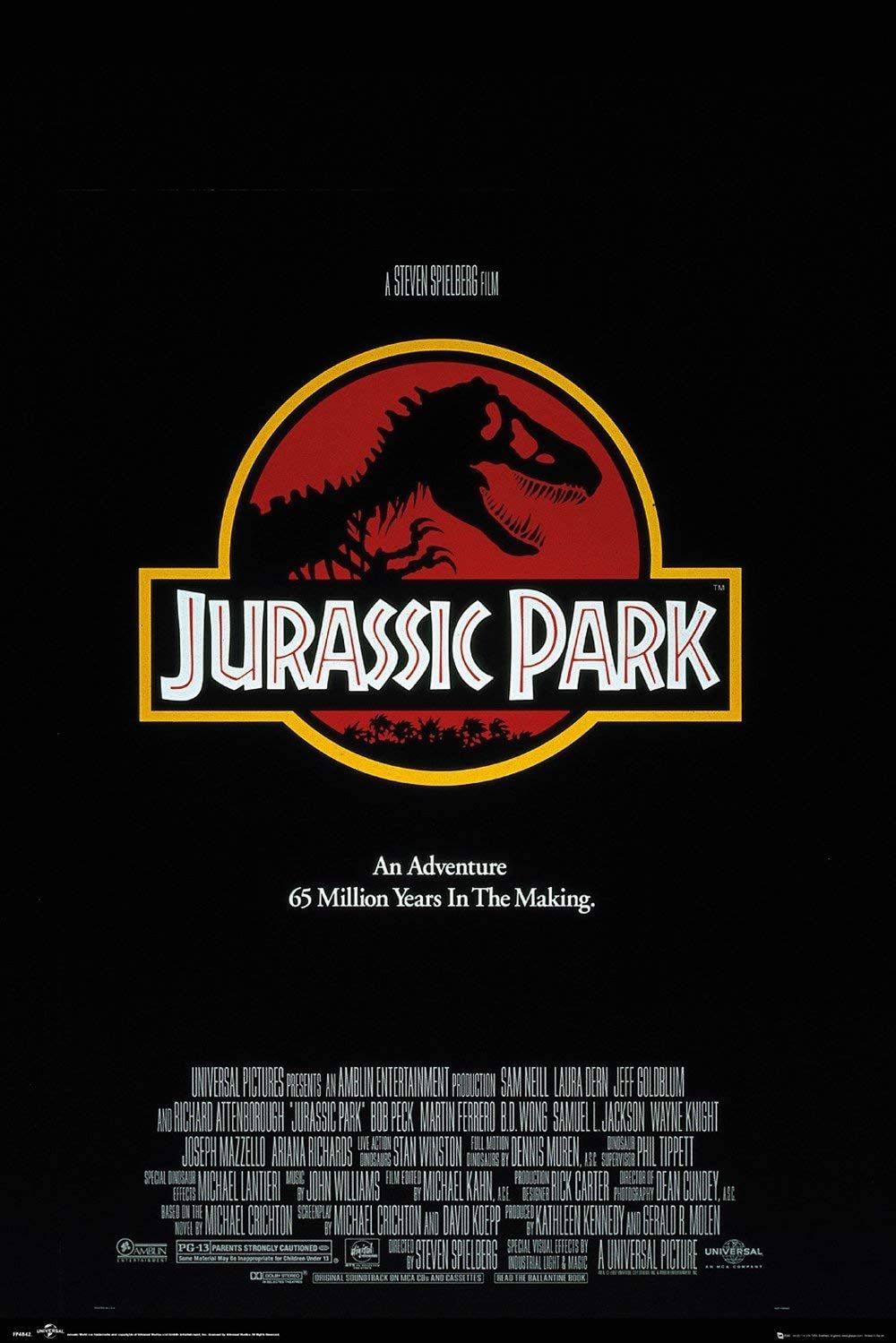Summary
- Isla Nublar, leased by InGen from Costa Rica, was abandoned after the original Jurassic Park containment breach.
- The introduction of hybrid dinosaurs led to another containment breach in Jurassic World, causing the island to be abandoned for a second time.
- Isla Nublar was nearly destroyed by the eruption of its volcano but eventually began to recover.
The Jurassic Park franchise has been to quite a number of locations over the years, but everyone remembers the famous island that started it all. Isla Nublar was an island west of Costa Rica that became the location of what was intended to be the Jurassic Park tourist attraction, and after its successor, Jurassic World. The island itself was home to numerous prehistoric animals as a result of InGen's cloning projects, with the newly introduced species often taking over the ecosystem after one problem or another.
In the two decades since the island first became home to the dinosaurs, Isla Nublar has been through quite a lot. Ownership has changed hands, new and dangerous animals were introduced to the ecosystem, which was soon reshaped by them. In addition, the island has been abandoned multiple times by its human occupants, left only to the dinosaurs. The final fate of Isla Nublar seemed to mirror that of the modern-day dinosaurs: destruction and then a chance at rebirth.
History and InGen's Control of the Island
- Isla Nublar was leased from Costa Rica by InGen.
- The park was built but never opened before it suffered a massive containment breach.
- The island was abandoned for the next decade.
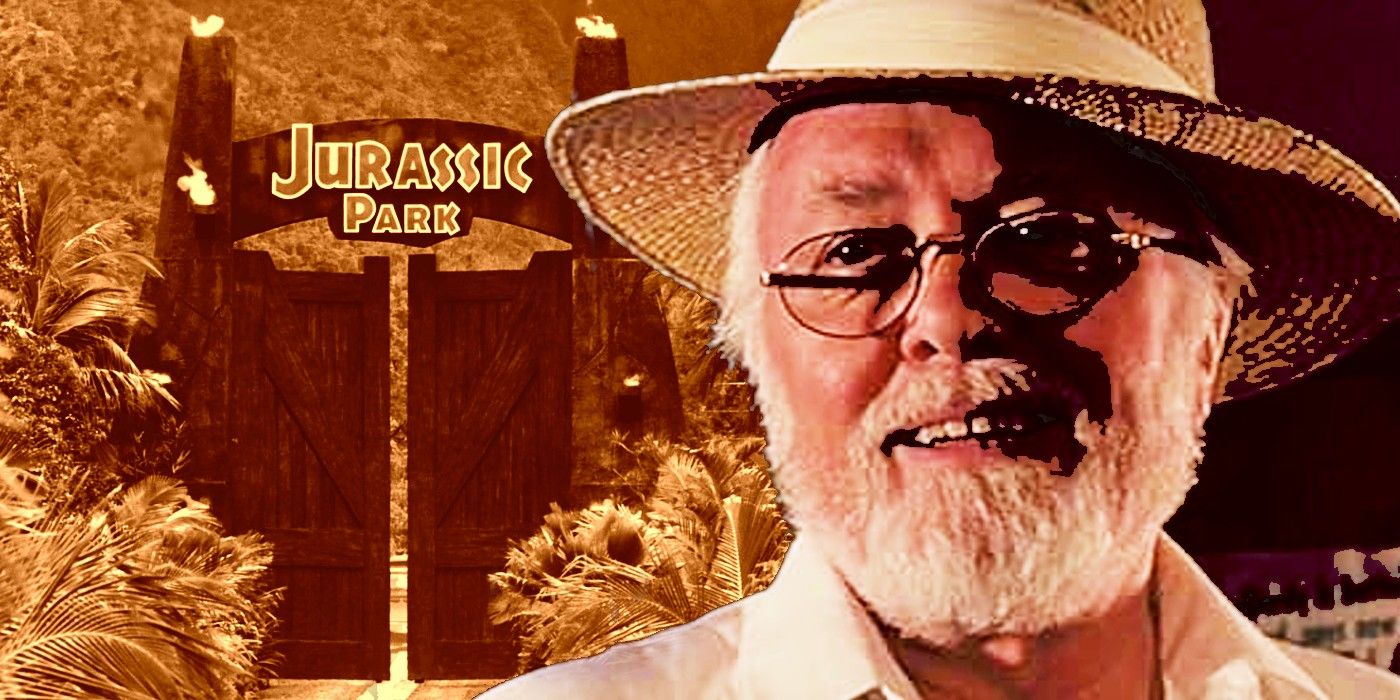
Jurassic Park's Sequel Was Almost Animated - Before it Went Extinct
As Jurassic World explores future sequels and spinoffs, Jurassic Park almost produced an ambitious prime-time animated series set to act as sequel.
The island was first discovered by Diego Fernandez in 1525 and eventually became the property of Costa Rica. When John Hammond abandoned his idea of a mainland park in San Diego, favoring the idea of an isolated habitat that had more space for the dinosaurs, he opted to lease Isla Nublar from Costa Rica. The original Jurassic Park was constructed on the island shortly after. From there, any fan of the Jurassic Park franchise knows what became of the island and the disaster that was the first park.
During a tropical storm, a member of InGen's staff, Dennis Nedry, hacked the security system of the island with a virus. This was done on behalf of InGen's corporate rival, Biosyn, in an attempt to sneak dinosaur embryos off the island. Nedry was to receive financial compensation for the corporate espionage, but he had no idea how devastating his actions would be. By shutting down the power grid, the dinosaurs on the island were allowed to run rampant. By the time the human population had managed to evacuate, four people had been killed, and the survivors were sworn to secrecy, with the island's existence being kept hidden from the public for years.
The original structures of Jurassic Park remained intact, as it was unlikely construction crews could safely go in there to dismantle them. The jungle quickly consumed these buildings and would later be inaccessible to guests of the park's successor. As for the dinosaur population, after a bit of time, reports indicated that a stable ecosystem between the various dinosaurs had been established, keeping them alive despite having no human caretakers. The population of dinosaurs here would remain undisturbed while the legal complications of use and ownership of the island was being settled. Of course, this would not be the end of human intervention on the island.
The Jurassic World Incident
- Isla Nublar was used by the Masrani Group to build Jurassic World.
- The park enjoyed ten years of success until the implementation of hybrid dinosaurs.
- The Indominus Rex's rampage caused too much damage, and the island was abandoned again.
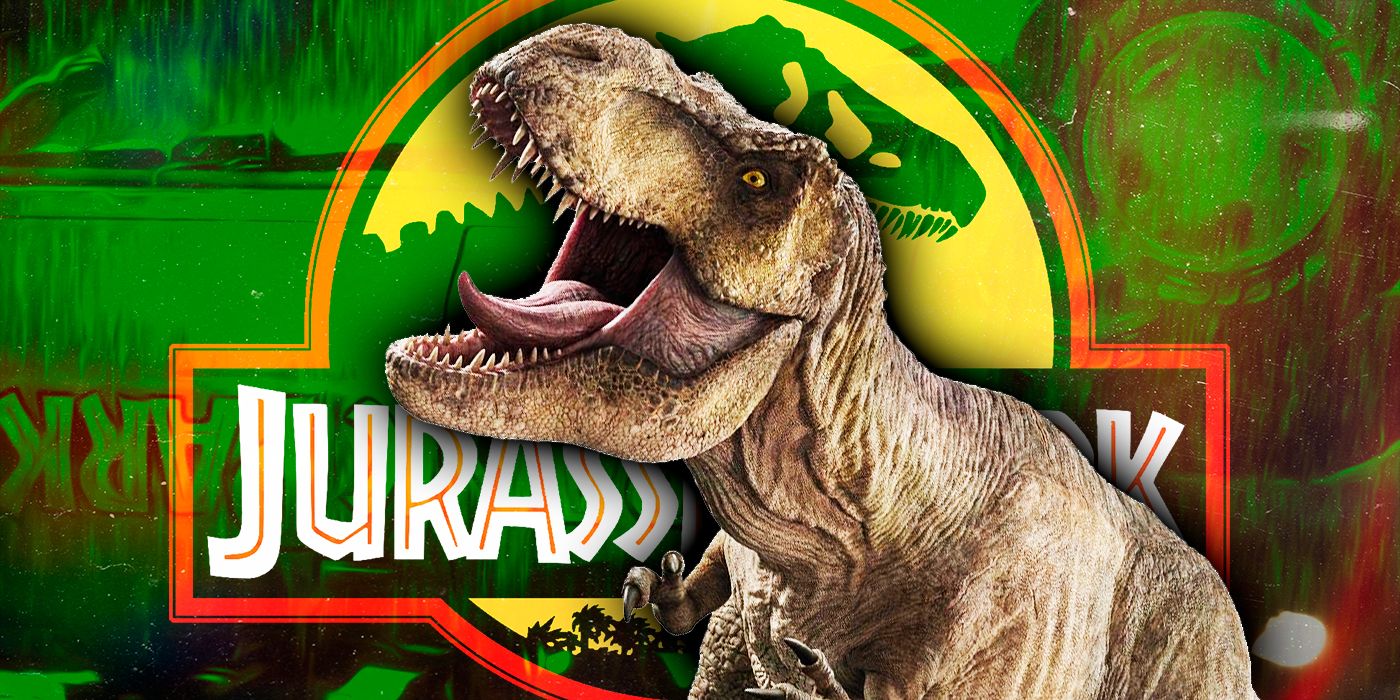
Jurassic Park Actor Discusses Franchise's Potential As A Limited Series
Sam Neill questions if the dinosaur franchise could sustain eight episodes despite new interest.
After John Hammond's passing, InGen and its technology were acquired by the Masrani Group, which had designs to build their own park. Once again, leasing the island, Jurassic World was built and opened in 2005 to great success. The new park enjoyed ten years of financial gain, though as time passed, it became clear that the public was losing interest in seeing the same dinosaurs over and over again. Desperate to increase profits, the company opted to begin creating their own genetic hybrid dinosaurs. This would lead to the second major containment breach on Isla Nublar in 2015.
The creation of the hybrid Indominus Rex resulted in the enhanced dinosaur breaching containment. The Indominus' escape was followed by the deaths of eighteen people and several hundred more being severely injured once its rampage accidentally freed a number of other dinosaurs. With the multiple containment breaches making it impossible to safely inhabit the island, Jurassic World was effectively dead in the water. It would take years for humans to regain control of the island from the dinosaurs, and no one was particularly interested in doing so, preferring to leave the prehistoric creatures alone and isolated. The incident also had the unfortunate effect of destroying public trust in the safety of the park, guaranteeing no one would return even if the island was brought back under control. Thus, Jurassic World was shut down, with the island once again reverting to the control of the dinosaurs.
Only this time, the island would not have the balanced ecosystem it once did. The dinosaurs were far more numerous this time, and a vast majority of them were carnivores. This led to overhunting and, finally, the extinction of several species of dinosaurs due to the lack of balance in the food chain. This was far from the last of Isla Nublar's woes, though, as it had one last surprise in store for both its prehistoric inhabitants and the humans who were interested in them.
The Final Fate of Isla Nublar
- Mount Sibo, the island's volcano, erupted in 2018.
- It wiped out half the dinosaur population and scorched the territory.
- It wasn't until 2022 that the island began to heal when Mount Sibo went dormant again.

What Happened To The First Jurassic Park: Survival?
Jurassic Park: Survival shook up The Game Awards with its awe-inspiring trailer, but has over two decades of expectations from a game that never was.
In 2018, Isla Nublar's volcano, Mount Sibo, became active again. With most governments preferring to avoid the island, this meant most, if not all, of the species living there, would become extinct once the volcano inevitably erupted. A few daring humans attempted to safely evacuate the dinosaurs to the mainland to spare the species from further extinction. However, a mercenary group captured half of the population, intending to sell them at an auction. The ensuing eruption wiped out the other half of the dinosaurs.
Isla Nublar was left a burnt wasteland, with very little left to justify any further human activity. The island itself was abandoned, its purpose served, and the only thing that truly interested and concerned humanity now relocated to the mainland, where they would become the rest of the world's problems. Even if people wanted to reclaim the island, Mount Sibo was still active, and any attempt to rebuild upon the island could have been dangerous. Ironically, this fate actually mirrors what became of Isla Nublar in the books: charred by an unexpected series of explosions, though in the novels, it was a napalm bombing by the Costa Rican National Guard that caused the damage.
In the immortal words of the series, "Life finds a way," Mount Sibo had become somewhat dormant again, allowing nature to try and reclaim what the volcano had almost burnt away. Plant life was reported to be growing back on the island, and the marine animals that once occupied its waters were finally returning. Unfortunately, the exact state of the prehistoric animals on the island is unknown and likely very small if not outright gone. Still, the island itself is a representation of the dinosaur population in the world. It suffers losses and setbacks but ultimately perseveres.


